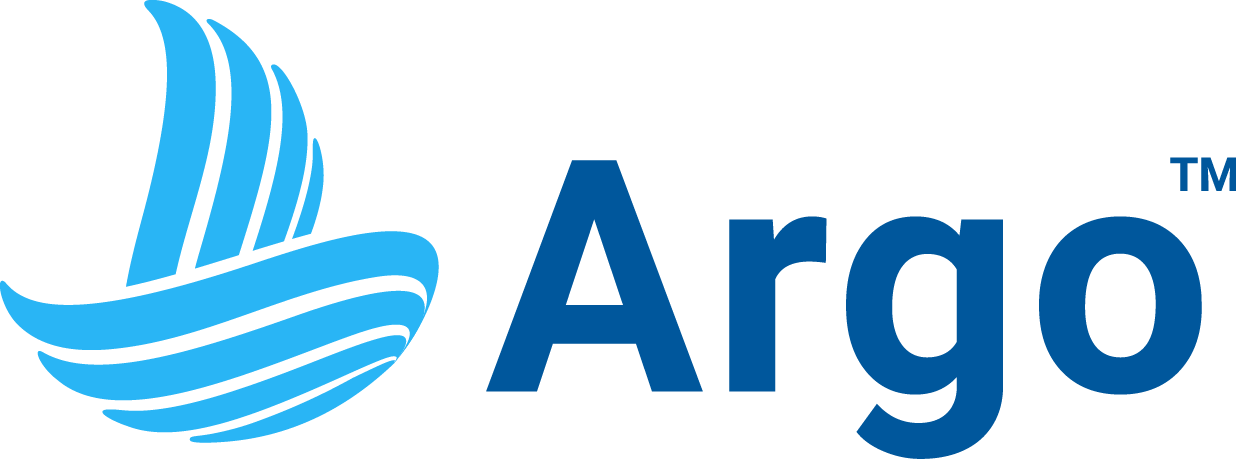Boating doesn’t have to break the bank. With smart planning and the right tools you can enjoy your time on the water without overspending. When I was a college student, one of my friends had a family boat that we would take out on weekends. Being college students, we didn’t have a ton of money to spend. We worked out a few ways that we could save a few bucks on our trips and I’m excited to share those with you today. With these tips, I hope that finances won’t need to keep you from having a great time on the water.
This isn’t a blog post about buying a smaller or used boat. We’ll assume you’ve already chosen your home port, bought or rented a boat and are taking care of routine maintenance (are you?). If you’re interested in tips for buying a boat affordably, I’ll link some posts at the bottom.
Here are eight easy ways to cut costs and make every trip more efficient, safe, and enjoyable:
1. Plan Your Route Efficiently to Save on Fuel
Fuel is one of the biggest boating expenses, but it’s also one of the easiest to manage. Before setting out, take a few minutes to plan your route in the Argo app.
Argo’s autoroute calculates the most direct and safe path. You can choose whether to stay in the channels or just take the most direct path based on your boat’s draft. This will prevent you from unnecessary detours and getting lost while underway, a huge fuel suck.
Note: Not all obstructions or hazards are charted, so leaving the channel in unfamiliar waters without proper local knowledge could be dangerous. Leaving the channel without local knowledge can also void insurance coverage if damage occurs, adding another reason to be cautious.
You can see your estimated distance, time and fuel usage, so you’ll know what to expect before leaving the dock. That way you can fuel up at your cheap local fuel dock, versus discovering you need more while in the middle of an unknown area. However, if that does happen, Argo can help you locate fuel nearby (potentially even showing fuel prices to help you find the cheapest option).
You can also preview your route to see if there’s no wake zones and whether you can route around them.
I also recommend checking the marine weather forecast before you leave. Currents in particular can cause greater fuel usage than expected. Wind and waves can matter indirectly because they force throttle adjustments, which is generally only an issue for smaller boats. You can use Argo to check the marine forecasts in the area you plan to boat while you’re planning:
Learn how to check the marine weather forecast in any area.
A few gallons saved each trip adds up to big savings over the season.
2. Run Your Boat at its Optimal Cruising Speed
Every boat has a fuel-efficiency “sweet spot.” In general, the slower you go, the less fuel you burn per hour—and that directly saves you money—but nobody wants to crawl everywhere, so here’s how to find a smart middle ground.
Before we get into how to run your boat efficiently, here’s a definitions that will come in handy:
-
Hull Speed: Hull speed is the theoretical speed limit for a displacement hull before fuel use climbs rapidly. It’s roughly calculated as 1.34 × √LWL, where LWL is the length of the boat at the waterline in feet. Above this speed, a displacement boat starts “climbing its own bow wave,” meaning it requires exponentially more power to go slightly faster. This is why most displacement hulls never exceed hull speed even when at full throttle. For semi-displacement and planing hulls, hull speed is less of a strict limit, but it still marks the point where resistance ramps up noticeably.
- GPH: Fuel burn is usually measured in GPH (gallons per hour), which tells you how many gallons your engine uses while running at a given speed. Knowing your GPH at different speeds helps you plan trips efficiently and save money.
Each engine and hull-type has a different optimal cruising speed. Let’s explore the different types of hulls and how to run each at its optimal cruising speed:
Displacement hulls
These boats never climb onto plane, so efficiency hinges on minimizing wave-making resistance.
- Best efficiency is at a steady, moderate speed—usually well below hull speed. Burning less fuel per hour saves you money without slowing your trip significantly.
- Approaching hull speed causes fuel burn (GPH) to spike while speed barely increases—costing more for little gain.
- A clean bottom reduces drag and keeps fuel costs down.
Semi-displacement hulls
- Can go a bit faster than pure displacement boats, but pushing past hull speed burns a lot more fuel.
- Sweet spot is typically right around hull speed, helping save on fuel costs.
- Keep trim tabs set for a level running attitude to improve efficiency and reduce GPH.
Planing hulls (most runabouts, center consoles, cruisers)
- Two efficient zones: slow (displacement speeds) and fast (on plane).
- The middle zone—climbing over the bow wave—is the most wasteful, burning fuel (and money) rapidly.
- If going fast, get on plane quickly, then throttle back to the lowest RPM that keeps you there. This reduces fuel burn and saves money.
- Trim tabs and proper engine trim reduce drag and help cut GPH.
General tip for all boats:
A lighter boat burns less fuel per hour. Extra gear, water, or full coolers add drag or kill lift depending on hull type. Travel lighter, burn less fuel, and save money.
For sailboats, taking advantage of favorable winds can also make your fuel costs nearly zero.
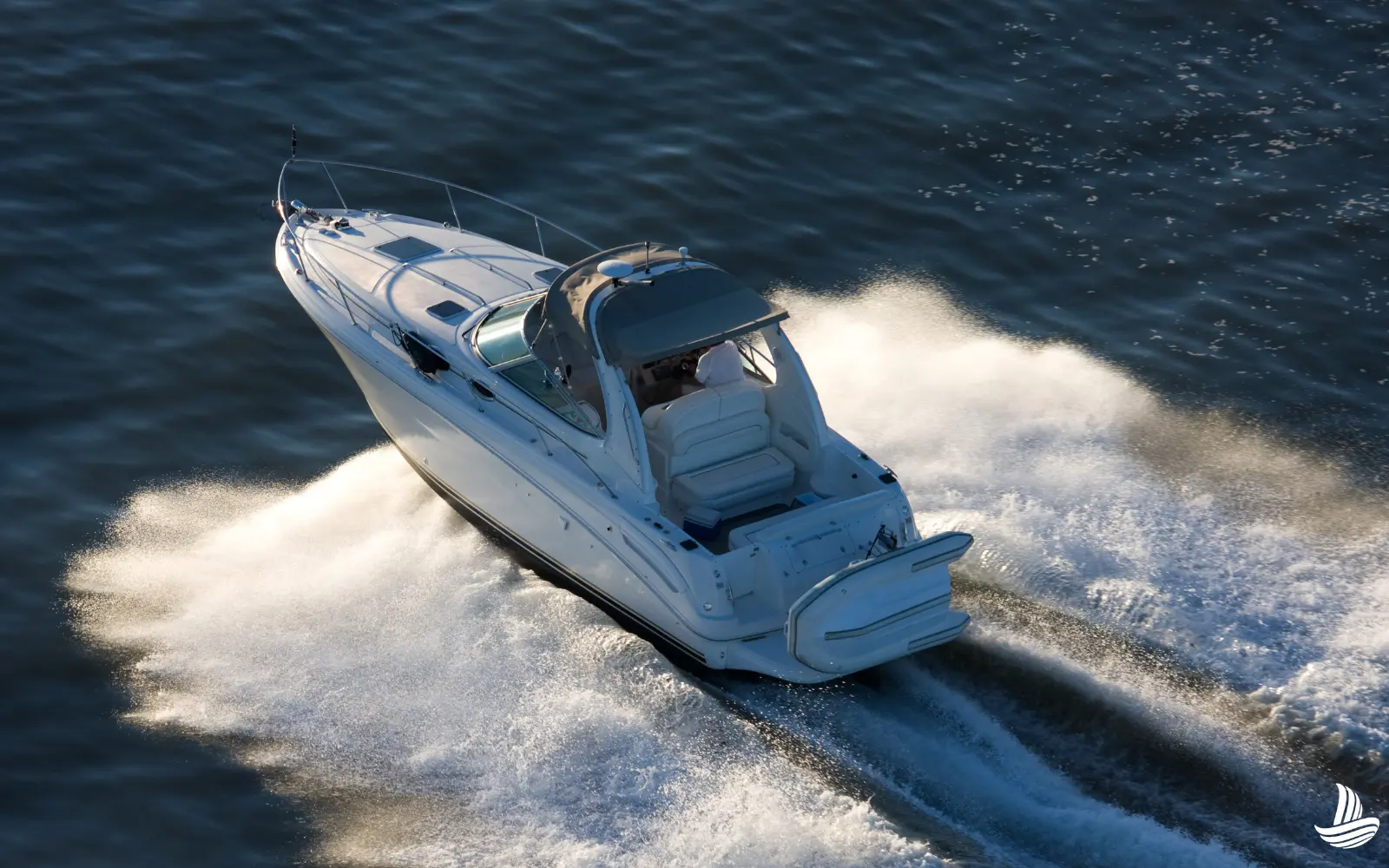
3. Boating Doesn’t Have to Mean Cruising Non-Stop
This is the last of the fuel saving tips, but it’s an important one. The easiest way to save fuel is to simply turn your engine off. Boating doesn’t have to mean non-stop cruising. Sometimes the best part of a trip is simply relaxing on the water. Spending a few hours anchored at a beautiful beach, quiet cove, or scenic spot can be just as fun, and much less costly, than cruising from one destination to the next.
Bring along blow-up floaties, snacks, and drinks to turn your anchorage into a mini floating getaway. Swim, paddle, picnic, or just soak up the sun without paying for marina fees or fuel. Anchoring also helps save fuel by reducing time spent running the engine at cruising speed.
Use Argo to scout recommended anchorages along your route, check depth, and ensure you’re in a safe, legal spot. Planning ahead means you can maximize your downtime on the water while keeping your trip budget-friendly.
Learn how to find anchorages with Argo.
4. Avoid Costly Mistakes
A damaged prop or an unexpected grounding can wipe out your boating budget fast, especially if you don’t have insurance.
There’s several things you can do to avoid costly mistakes:
A. Education
The more knowledgeable you are about boating, the less likely you are to make costly mistakes on the water. In some cases, completing a boating course can even help you qualify for insurance discounts. A lot of boating courses are free, so it’s a no-brainer.
As an Argo user, you get access to two free online navigation courses on NauticEd, a respected international boating school. Sign up here.
Note: The link says it’s a sailing course, but there’ll be an option to choose the powerboat version after you sign up.
B. Maintenance
Stay on top of simple tasks like cleaning, engine maintenance, and winterizing to save money and prevent bigger problems down the line. Expensive breakdowns and repairs are one of any boating trip’s worst nightmares.
Considering DIY’ing small tasks and repairs to further save money.
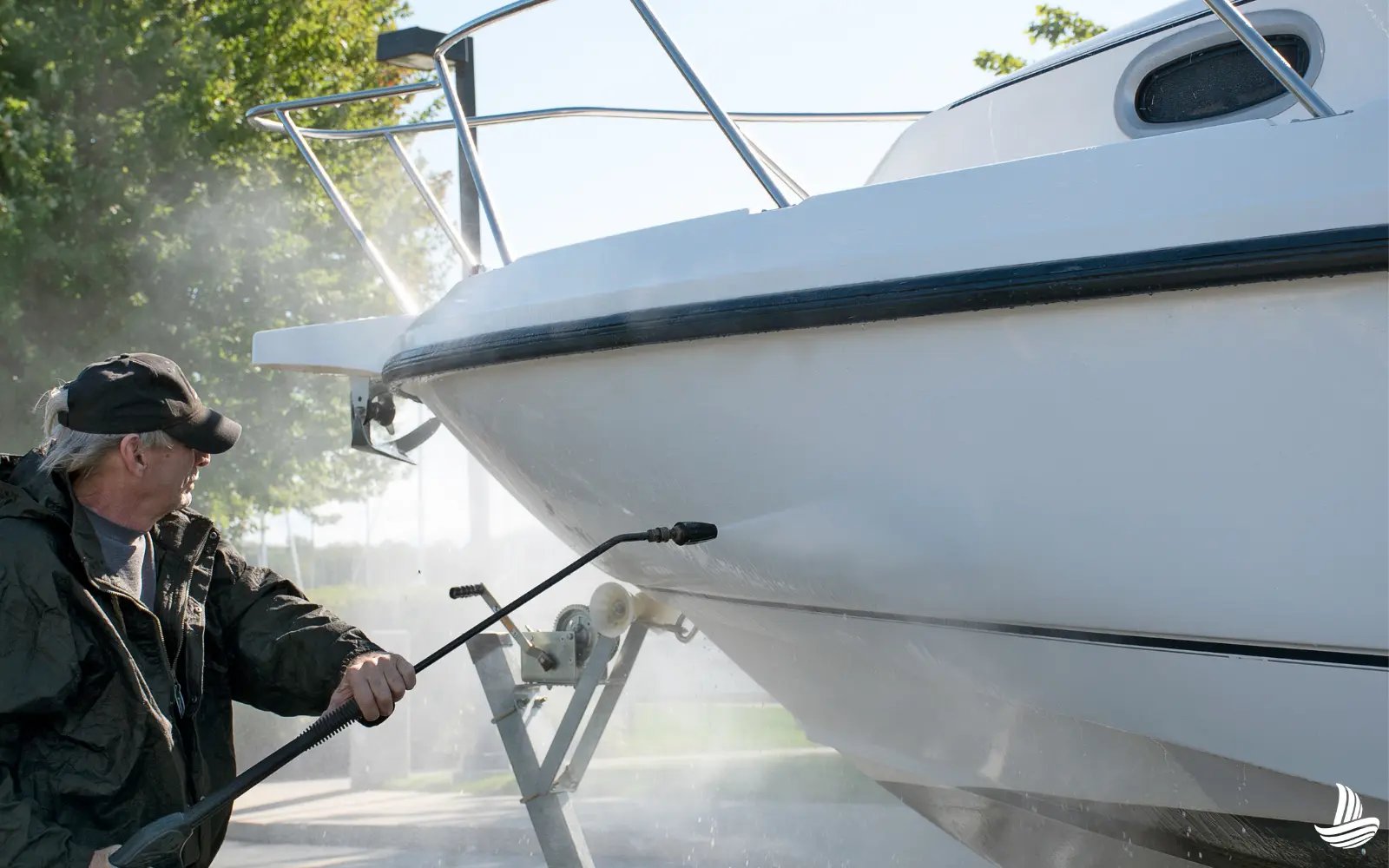
C. Check Current Local Advice
Before you head out, check Argo’s crowdsourced reports to see if other boaters have marked hazards, chart changes, or obstructions along your route.
Real-time insights from fellow boaters help you stay aware, plan ahead, and prevent expensive surprises.
Learn about Argo’s crowdsourced reports.
D. Insurance
Make sure your boat insurance and on-water assistance coverage is current. A single tow or mishap can easily undo months of careful budgeting and savvy boating.
5. Plan Stops Ahead of Time
Last-minute decisions on the water often come with a hefty price tag. Fueling at the nearest marina, paying for a slip with limited amenities, or stopping at a convenience store for overpriced snacks are not the best idea for your wallet. Planning ahead can save you both money and stress.
With the Argo Web App, you can map out your entire trip from home ahead of time, including stops, anchorages, and fuel docks. You can filter for places that have the amenities you need, like restrooms, picnic areas, or restaurants, so you’re not scrambling once you’re on the water. Once your trip is saved, it automatically syncs to your mobile app to use on the water.
Note: Be extra sure to compare pricing beforehand so you’re not caught by surprise.
Learn how to plan trips using Argo’s web app.
If you have a trailered boat, consider filling up on land before you launch. Gas stations on shore are often cheaper than marina fuel, and topping off before you leave can prevent an emergency fuel stop later.
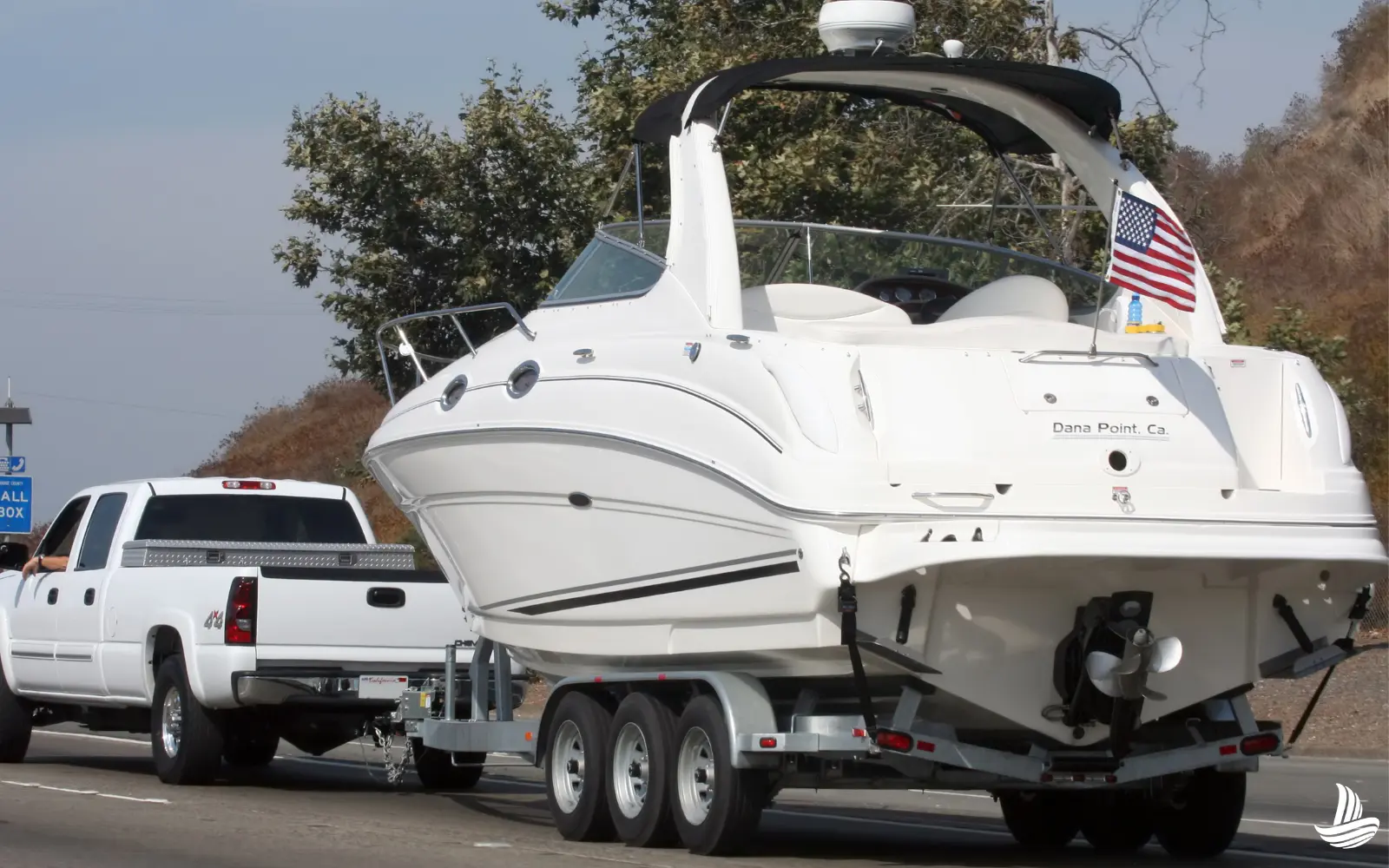
6. Anchor Out When You Can During Overnight Trips
Marina stays can be pricey, especially during peak weekends. If conditions allow, try anchoring out for a night or two.
Use Argo to discover nearby anchorages that other boaters have rated and reviewed. You’ll often find hidden gems just a short distance from the main marina, with the same great views and none of the dock fees.
You can also look for free docks or book a personal dock or mooring ball. These will typically be much cheaper than a standard marina, but they rarely have amenities.
Learn how to find free and paid personal docks.
7. Pack Snacks and Drinks
Boating is way more fun when your beach hangout isn’t cut short by hunger or dehydration. Packing your own snacks and drinks ensures everyone stays fueled and happy on a budget until you’re ready to head to a restaurant or dock bar.
Buying food at marinas or convenience stores adds up fast. Plus, then you get to spend more time out relaxing on the water as opposed to on land. Planning your own snacks means your trip doesn’t have to end early for a lunch break. Unless you’ve intentionally scheduled a stop at a favorite marina or waterfront restaurant.
Think portable, easy-to-eat options like sandwiches, fruit, trail mix, or granola bars. Don’t forget plenty of water and refreshing drinks to stay hydrated under the sun. Especially if you’re bringing alcohol.
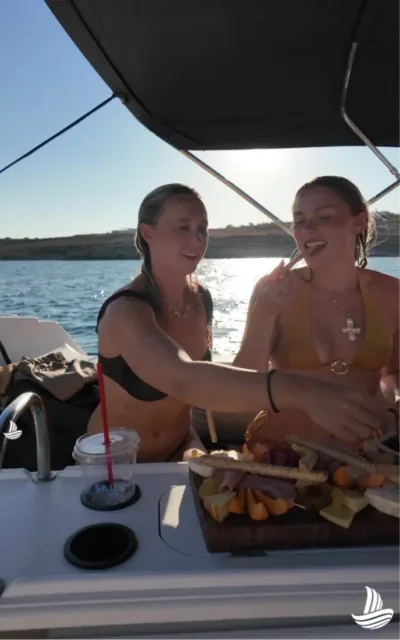
8. A Note About Sharing Costs with Friends
It might seem like an innocent ask to have friends chip in for fuel, snacks, or drinks, but the Coast Guard can consider this an illegal charter unless your boat and captain are properly licensed to carry passengers. Even casual requests count as an illegal solicitation. For example:
“Hey, I’m taking the boat out on Sunday. Wanna come? You bring the beer!”
If a friend actually brings the beer (or contributes fuel, snacks, etc.) at your request, that legally counts as payment for a passenger ride, which can result in fines from $5,000 up to $60,000 per trip if caught.
Of course, these things happen every day, and the Coast Guard can’t enforce what they don’t know. But if a boatload of friends shows up at the fuel dock and the Coast Guard overhears the captain saying, “OK everybody, let’s get out those credit cards and buy some gas,” fines can be severe. Illegal charters show up in the boating news fairly often—this is real.
Friends can voluntarily offer to chip in or bring something, as long as it is never requested and not a condition of participation.
If you do decide to make it a shared adventure (which I recommend because friends generally make trips more enjoyable), you can use Argo to share your planned route in advance so everyone knows the stops, anchorages, and destinations. Not only does this help friends plan their schedules and give input, but it also builds excitement for the trip ahead.
Learn how to share your plans with friends and family.
What’s Next?
Boating is meant to be relaxing, so don’t let worrying about costs get in the way. With a little planning and the help of tools like Argo, you can make getting out on the water a more affordable activity.
If you’re thinking about getting your own boat, there are also plenty of ways to do it on a budget. Check out guides for help buying a boat on a budget, explore fractional ownership options, or find pre-owned boats to get started without overspending.
Here’s some of our favorite guides:
- Cruise America’s Great Loop on a budget by Scho and Jo
- Budget Boat Buying Guide by Discover Boating
- Fractional Boat Ownership Pros and Cons, written by our friend Lenny Rudow
Ready to start planning your next boating trip? Open up Argo to plan your route, find anchorages, and share your trips with friends. Use it on your computer, phone or tablet.
